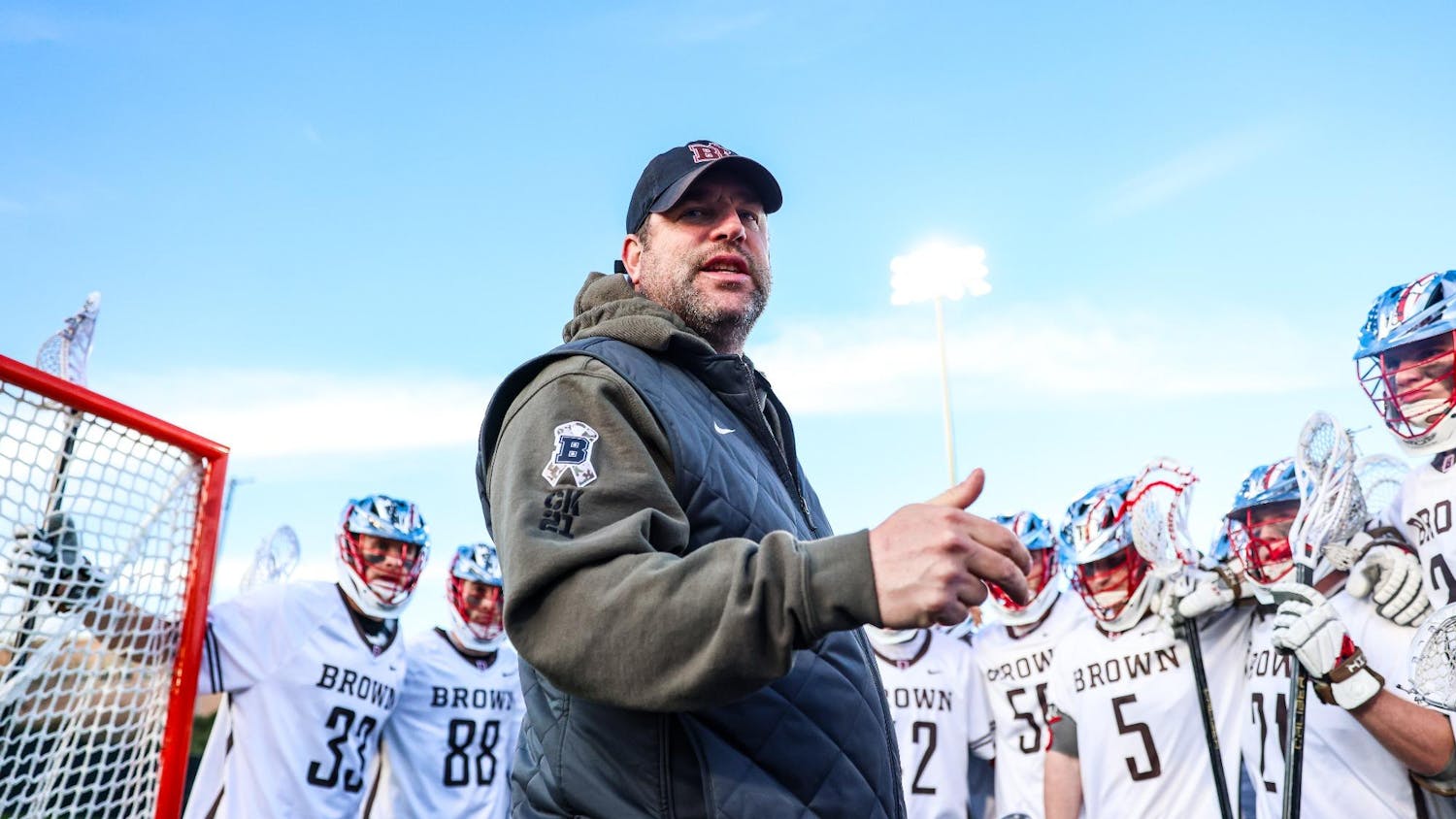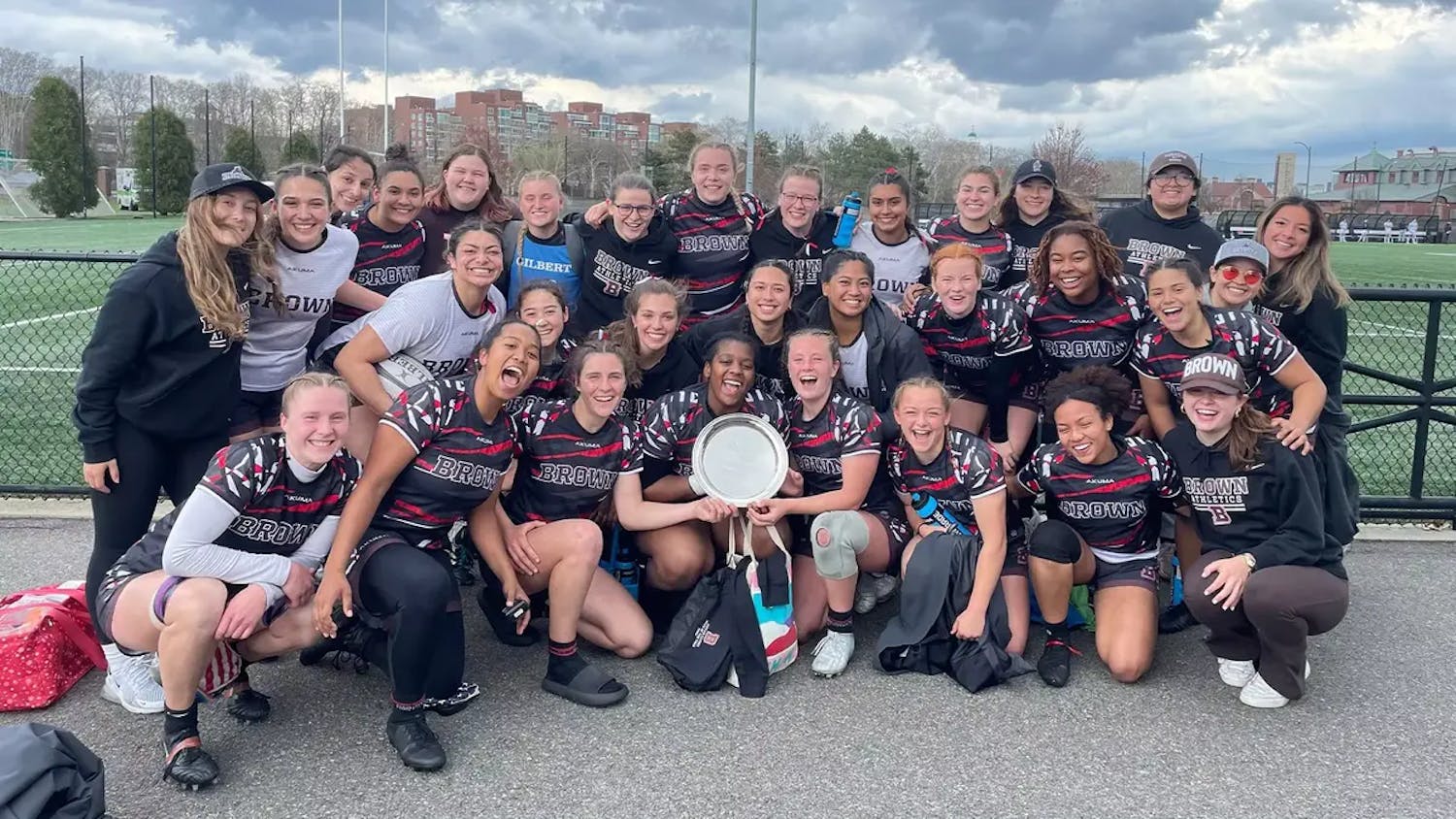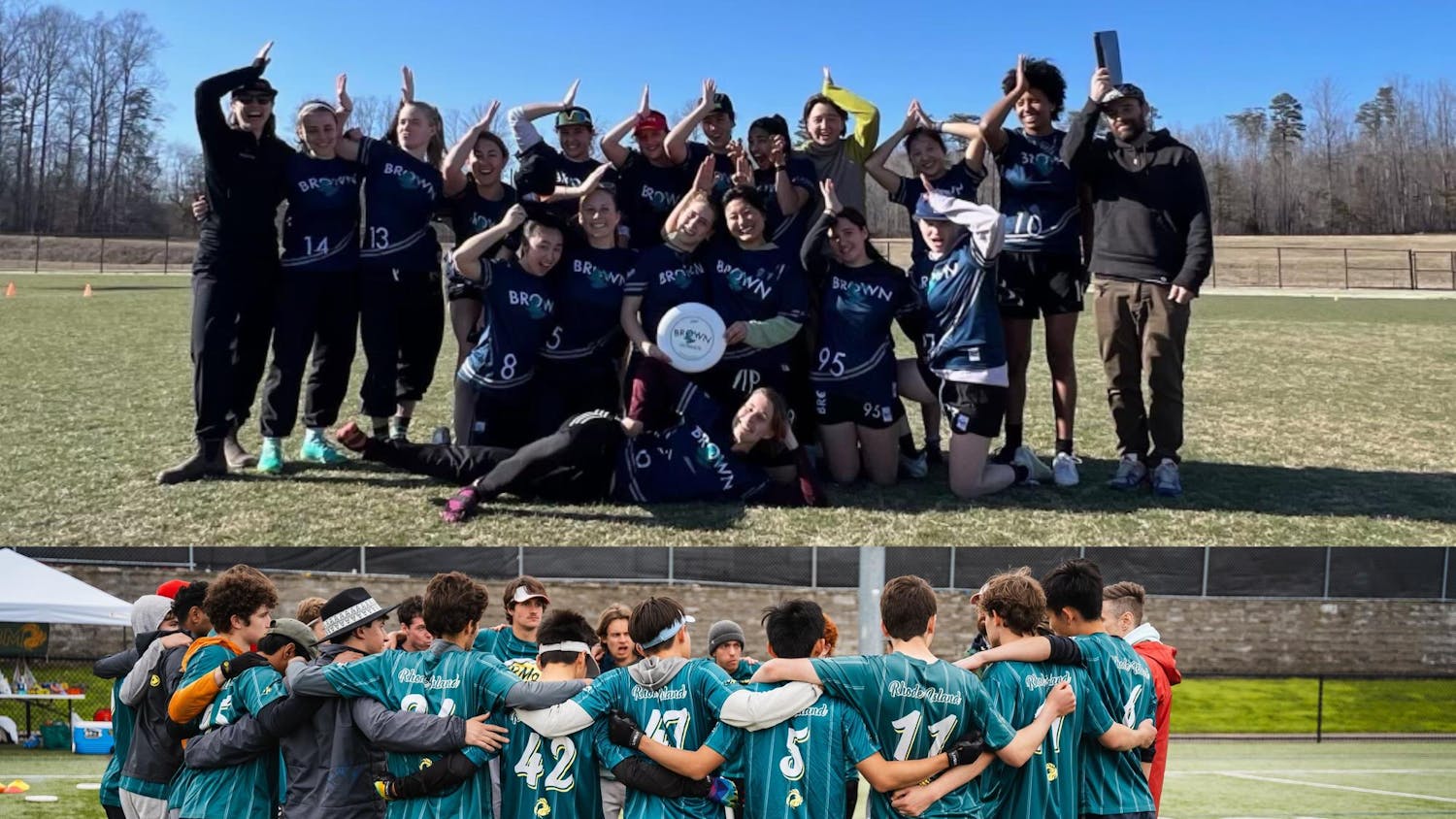The back-to-the-basket game is alive and well, at least in college. The two best offenses of this year are led by the two stars who will compete for the Naismith Award — centers Jahlil Okafor of Duke and Frank Kaminsky of Wisconsin. Those of us who watch too much ESPN might be tired of hearing Okafor classified as an old-school center, but it is an important point to make. Prior to Okafor, Duke Blue Devils coach Mike Krzyzewski had not had a dominant big man in years, and his offense shifted dramatically toward the perimeter.
Krzyzewski’s teams used to emphasize post-ups, a fact easily forgotten when watching them jack threes over the last several years. But in the past, Duke’s post-ups frequently resulted from the high-low passing in Kryzewski’s vaunted motion offense. Okafor’s post-ups are of an even more endangered breed: stagnant isolations on one side of the floor, often without any misdirection. Okafor cannot always establish position deep in the paint and often does not try. But he will post up on either side, even preferring the right block, which is odd for a righty.
Okafor’s game plan is pretty simple. He has a soft bank shot with a quick release, which forces defenders to get into his body whenever he is within a dozen feet of the rim. He backs down defenders until he has a foot in the paint, and then he goes to one of three moves. He can angle toward the middle of the paint and finish over his own defender as well as anyone helping from the weak side. It is not a great move, but he is good going to his left and has a soft enough touch to finish some weird shots.
If the defense overplays that, he breaks out a picture-perfect spin move, finishing with a dunk or on the other side of the rim. If neither of those options is available, he has the height to go straight up over his defender.
There is no one in the NCAA capable of guarding Okafor one-on-one. But Duke has struggled adjusting to a double team on him. If the second defender comes late, Okafor has the skill to finish against both guys, but games against Wake Forest and Virginia exposed his susceptibility to hard doubles as soon as he touches the ball. The Duke players know that the double team is coming and do their best to exploit it, but most college teams just do not have the ability to take advantage of the momentary four-on-three.
Okafor is an aggressive passer out of the post, but he turns the ball over too much, and Duke’s guards have not consistently been able to attack the scrambling defense once they receive his kickout. They ping the ball around the perimeter NBA-style, and while point guard Tyus Jones has thrown some transcendent passes on plays like these, the rest of the Duke guards do not get the ball out of their hands quickly enough to succeed.
The spacing gets especially tricky when Okafor shares the floor with Amile Jefferson or Marshall Plumlee, neither of whom is threatening except from arm’s reach of the basket. But these issues are minor — Duke has one of the best offenses in the country. Opponents are not doubling Okafor because the rest of Duke’s roster is bad, but instead because Okafor is terrifyingly good.
If there is an offense scarier than Duke’s, it belongs to Wisconsin, which scores at a higher rate than any other team in the country. Some basketball traditionalists seem to think every center should be like Okafor, and that a big man working on his perimeter game only detracts from ability to bang in the paint.
Wisconsin center Frank Kaminsky proves that claim false. Kaminsky weighs less than Okafor and does not boast a strong lower body. As a result, he has trouble muscling through the biggest guys on good teams. Fortunately, opposing centers have an even harder time keeping up with him on the perimeter. Kaminsky may have the best outside shot and the best handle of any center in the country, so instead of forcing their centers to run all the way out to the three-point line, many opponents let a smaller forward guard Kaminsky.
Against guys several inches shorter than he is, Kaminsky can go to work in the post. He lacks Okafor’s strength, but he shares his quick first step and soft touch. And Kaminsky’s game has a lot more subtlety than Okafor’s.
Wisconsin reverses the ball early and often, allowing Kaminsky to seal defenders who try to front for easy baskets. And unlike Okafor, who finishes over everyone with his superior length, Kaminsky uses shot fakes extremely well. Kaminsky’s signature has become the up-and-under move he uses to punish defenders desperately trying to stop him from driving to the middle of the floor.
While Okafor is often double-teamed, opposing teams are terrified of doubling Kaminsky. Every Badger can shoot threes, and Bo Ryan’s teams are famous for their elite passing. Wisconsin has by far the lowest turnover percentage in the country, and its turnover percentage has been one of the five best each of the last seven years. This year’s team actually does not pass quite as well as those of recent years, and its assist numbers are down this year. Forward Nigel Hayes is still a ball stopper, and Sam Dekker drifts into ruts in which he looks for his own shot too much.
But Wisconsin can afford to have those players shoot a lot, as they both rank among the most efficient scorers in the country. Hayes is a brute in the post with an elite face-up game and phenomenal strength. Dekker is a 6-foot-9 mismatch problem who should be a first-round draft pick. Wisconsin’s offense is not a problem. But the Badgers, like the Blue Devils, have struggled on defense. Both teams play conservatively, fouling at rates lower than most teams in the country. And both clean the defensive glass — another hallmark of good, fundamental defense. But neither team is very aggressive, which means they give up a lot of decent looks and rarely force turnovers.
Tournament history is not too kind to teams as poor defensively as Wisconsin and Duke. Though both boast elite offenses, they will need the defense to match it.
Derek Levinson ’17 can be reached at derek_levinson@brown.edu.




